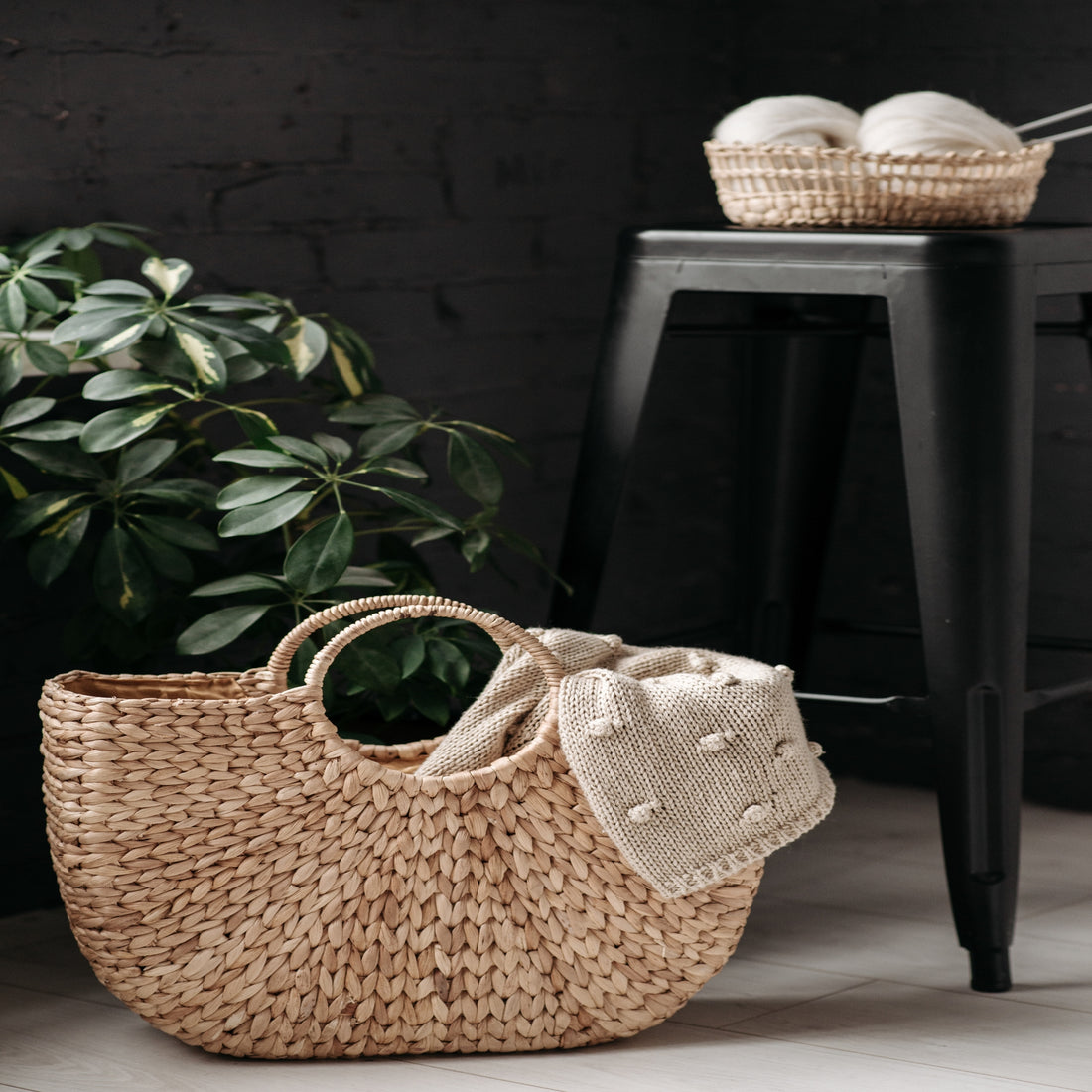
Knitting Needles: Choosing the Right Ones for Your Project
Knitting Needles: Choosing the Right Ones for Your Project
Knitting has become an increasingly popular hobby over recent years. It's a craft that allows you to create beautiful, handmade items while also providing a way to relax and destress. One of the most important tools for knitting is knitting needles. The right set can make a big difference in the ease and quality of your work. However, with so many different types of needles available, it can be overwhelming to choose the right ones for your project. Here's a brief guide to help you choose the best knitting needles for your work.
Types of Knitting Needles
There are two main types of knitting needles – straight needles and circular needles. Straight needles are the traditional type of knitting needle with a tapered point on one end and a stopper on the other. They come in varying lengths, widths, and materials such as metal, bamboo, and plastic. Circular needles consist of two pointed needles connected by a flexible cable. They are used for knitting in the round or for large, flat projects like blankets or shawls. Circular needles also come in various lengths and widths, and the cable material can range from plastic to flexible nylon.
Choosing the Right Needle Material
The material of the knitting needle you choose is important, as it affects the feel and comfort of your knitting experience. Here are a few things to consider:
- Metal: Metal needles are the most durable and have a smooth, slippery surface that allows for quick and easy stitching. They are often made from aluminum, nickel-plated brass, or stainless steel.
- Bamboo: Bamboo needles are lightweight and warm to the touch. They are a good choice for those with metal allergies or for those who prefer a slower knitting rhythm. They are also less slippery than metal, limiting the amount of accidental stitch drops or unraveled stitches.
- Plastic: Plastic needles are the most inexpensive option and come in a range of colors. They are usually lightweight and flexible and ideal for starting out. However, they may not be as durable as metal or bamboo.
Choosing the Right Needle Width
The size of a knitting needle is measured in millimeters (mm) or in US sizes. The ideal needle size for your project depends on the weight of the yarn and the desired end product. Here are a few tips for choosing the right needle width:
- Bulky yarn: For bulky yarn, you'll need a needle size between US 9 and US 15 or a 5.5mm to 10mm needle.
- DK weight yarn: For DK weight yarn, a needle size between US 5 and US 7, or 3.75mm to 4.5mm will work best.
- Fingering weight yarn: For fingering weight yarn, a needle size US 1 to US 3 or 2.25mm to 3.25mm is the recommended size.
Choosing the Right Needle Length
The length of your needle is going to depend on your personal preference and the size of the project you are working on. The needle length can range from as small as 7 inches to as large as 50 inches for circular needles. In general, here are some tips:
- Small projects: For small projects like hats, you'll want a short length needle like 16 inches to 24 inches.
- Large projects: For larger projects like blankets or shawls, you'll want a longer circular needle like 32 inches to 40 inches. These can also be used for knitting flat.
Bonus Tips for Successful Knitting
Once you've chosen the right needles for your project, there are a few extra tips to help you have a successful knitting experience:
- Make sure you have enough yarn to complete your project before you get started.
- Practice correct tension and gauge through trimming swatches before starting your project.
- Use stitch markers or contrasting colored yarn for counting stitches or rows – it can save time and help keep track of where you are in the pattern.
- Choose a quiet, comfortable space to knit so you can focus on your work and relax.
Conclusion
Choosing the right knitting needles is an essential step in ensuring a pleasant knitting experience. Whether you opt for metal, bamboo, or plastic; straight or circular; short or long, the right needle and size helps ensure a quality finish to your creations. The key is to consider the weight of your yarn, needle width, needle material, and needle length to get started on the right track. Not only that, make sure to work in a comfortable environment and adopt best practices for a smooth, successful project. Happy Knitting!